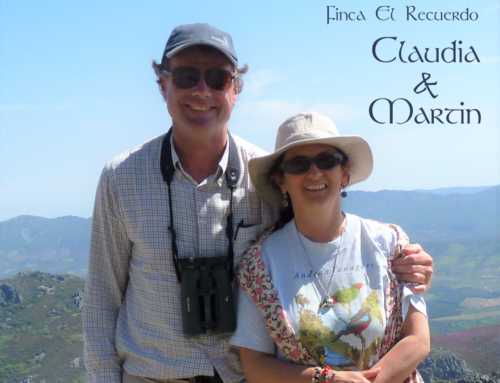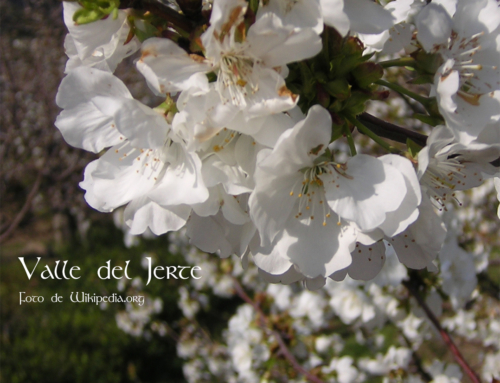Watchful over the hill “Cabeza de Zorro”, (517 ms over sea-level) dominating the entire surrounding plains, is the medieval Alcazaba of Trujillo, from which the city walls start. From the top of the Alcazaba (“el castillo”, for the friends) you can see all the berrocal (rocky terrain) that surrounds the city, built over a granite batholith resulting from a “somewhat” old volcanic chimney.
Despite the fact that there is evidence in the area of settlers from the Bronze Age, it was not until Roman times that we have more testimonies of the passing of civilizations through this city. The first known name of Trujillo was “Turaca“, then the Roman “Turgalium“. Visigoth remains have also been found, but it was not until the 9th century, when a Berber tribe took over Trujillo and began the construction of the walls, with 7 gates.
When Alfonso III, in 881, tried to conquer the city with his Christian troops, not only did he fail, but he also managed to get the Arabs to consolidate and expand the fortress’s defenses by building huge albarran towers and corachas (the most outstanding towers). Trujillo’s name became Taryala, according to the Arab chronicles.
Alfonso VII, in 1143 takes over the city, but for a short time because the Saracens reconquer it. Twenty years later, in 1165, Fernando II of León retakes the city until the Arab Abu Jacob reconquers in 1184. Two years later, in 1186, Alfonso VIII takes over Trujillo and reforms are made to the buildings. Medieval texts appear with the name of Turgello, and others texts in the 18th century with the name of Truxillo. Thanks to the Royal Academy of Languages, in 1815 the “x” became “j” and we kept our name, Trujillo.
But continuing with the conquests, the castle was besieged again in 1196 by the Arabs. They kept the power until January 25, 1233, when the Christian troops from Fernando III achieved the final reconquest. Writings of the bishopric of that year name Trujillo, Truxiello and a legend starts to run saying that the Virgin appeared at one of the 7 gates, where the battle was most fierce, instilling courage on the Christian troops to achieve victory. Well! today the patroness saint of the city is the Virgin of Victory and we call this gate “Puerta del Triunfo” (Victory Gate).
This time the Christians did it correctly. They built fortresses along the walls, next to the gates, with garrisons of soldiers to defend them, and the entire intramural town was rebuilt. They gathered favor from the successive Spanish monarchs, they got the title of “City” in 1430, they received the Catholic Monarchs on several occasions, and they got the Crown, starting in 1490, to finish off the outer defenses of the Castle.
Surviving years of abandonment, the French invasion, the Carlist War, the Republic and the Civil War, the Castle is the center of Trujillo’s life. It was declared a historical-artistic monument in 1925 and acquired by the city council in 1929. The last reforms that were made were the construction of a first chapel to house the stone image of the city’s patroness saint in 1546, and later, in 1951, the demolition of such chapel to build a larger one inside between the two main towers (albarran towers), from where the image of the Virgin remains today looking towards her town.
Text extracted from this article by José Antonio Ramos R. (Official Chronicler of Trujillo).







